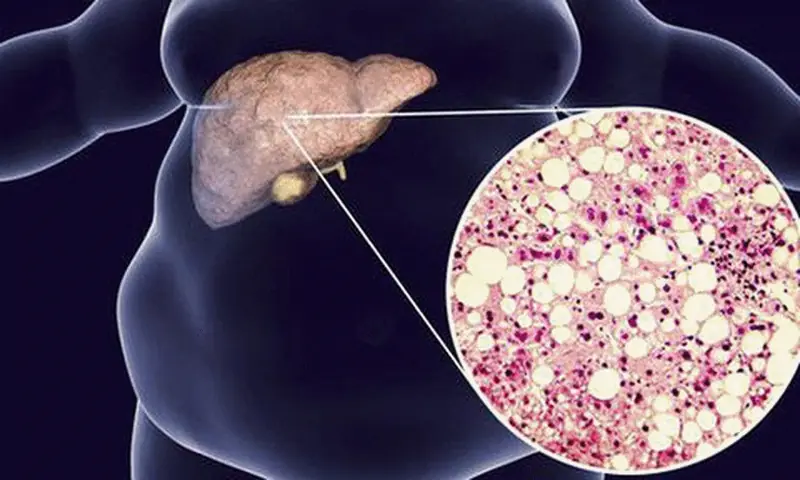
Not Exercise, Just One Lifestyle Change Can Cut the Risk of Fatty Li.ver Disease, Cardiovascular Disease, and Early De.ath by 48%
A new study shows that even a very small lifestyle change can significantly reduce disease risk

A new study shows that even a very small lifestyle change can significantly reduce disease risk
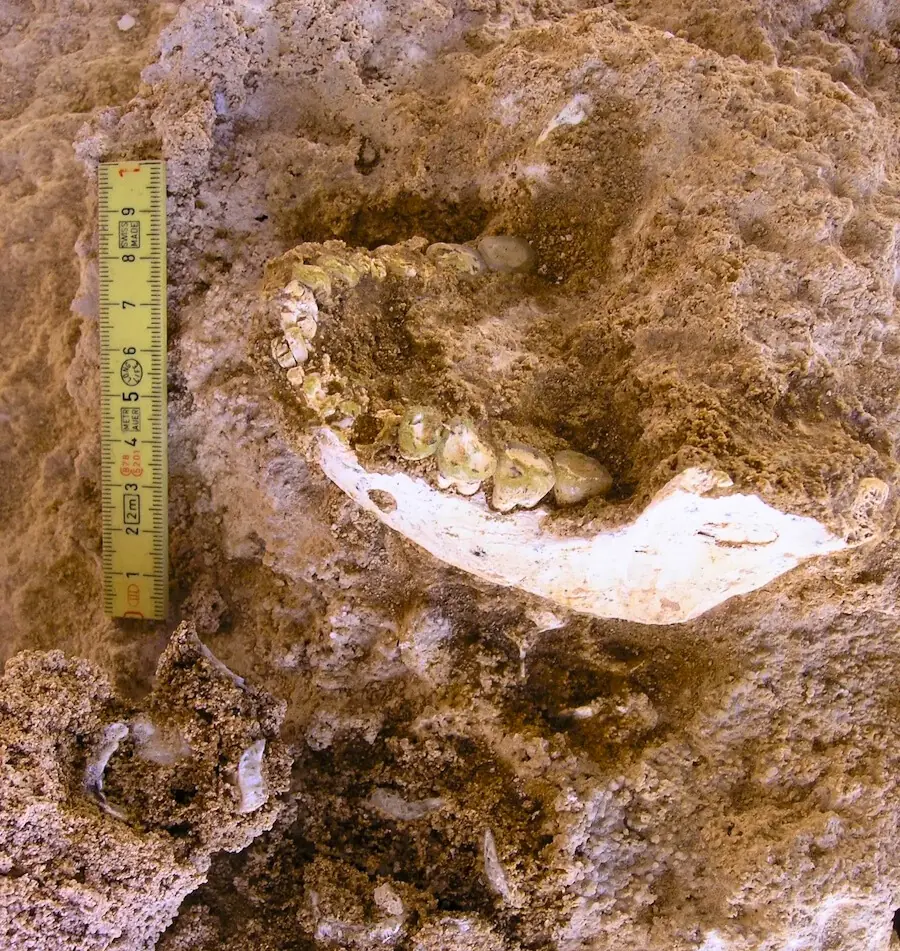
Possible Evolutionary “Missing Link” from North Africa Identified
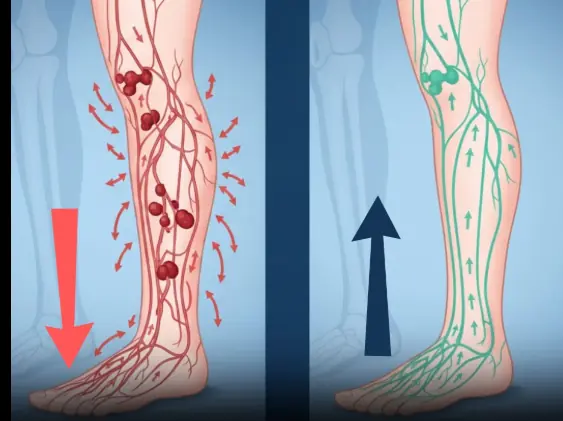
Are you one of the millions around the world suffering from poor circulation?
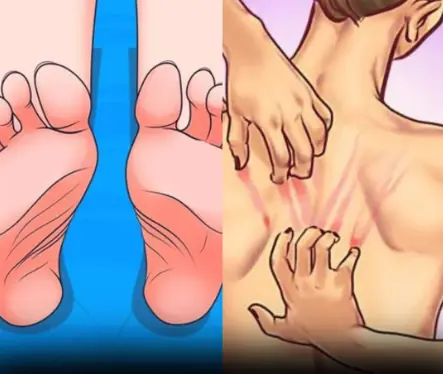
Today, we’re going to talk about one of the most underappreciated — yet absolutely vital — organs in your body: the liver.

It is one of the quietest but most emotionally charged moments in a relationship

Cheesy, garlicky chicken wraps that are quick to make and impossible to resist.
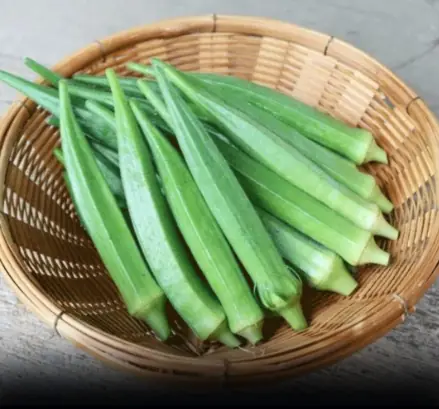
Doctors and nutrition experts agree that okra — also known as lady’s finger — is one of nature’s most underrated superfoods.
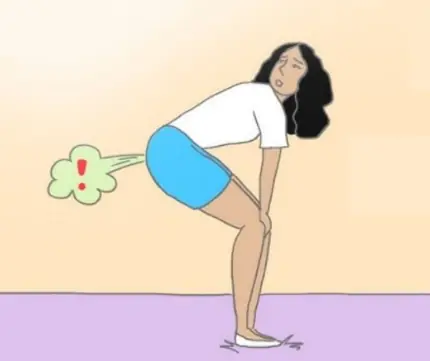
Passing gas is a normal part of digestion. In fact, healthy people release gas between 14 and 23 times a day on average, according to the American College of Gastroenterology.
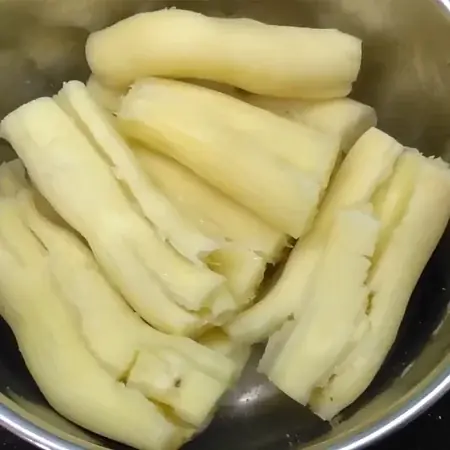
Every year, over 200 people die from consuming what is known as the “world’s deadliest food,” yet nearly 500 million people still eat it.
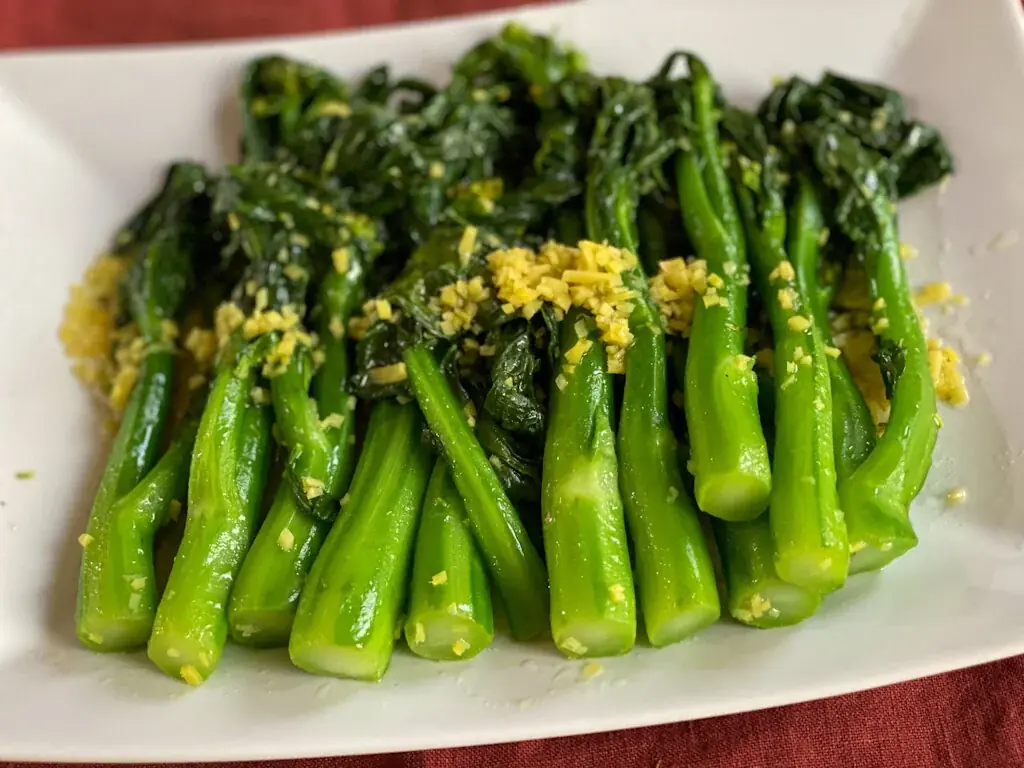
It is a concentrated source of nutrients that nutrition scientists increasingly describe as functional food.

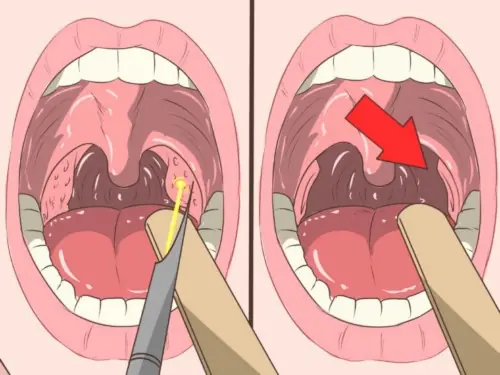
When he finally went to see a doctor, the problem was not his teeth, his stomach, or even poor hygiene. The source was hidden deep inside his throat.
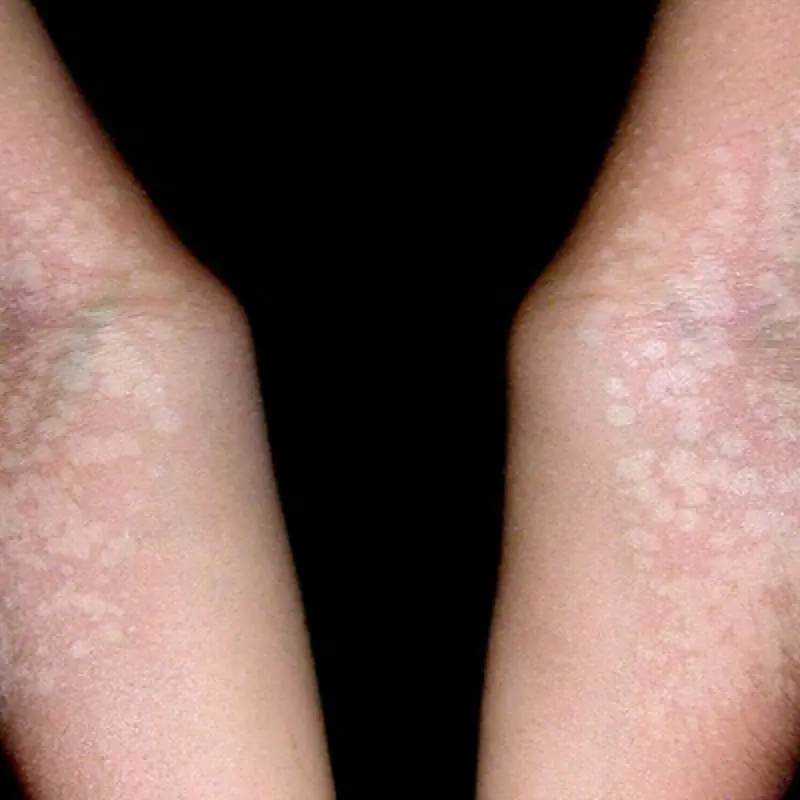
Small white marks on your skin may seem harmless
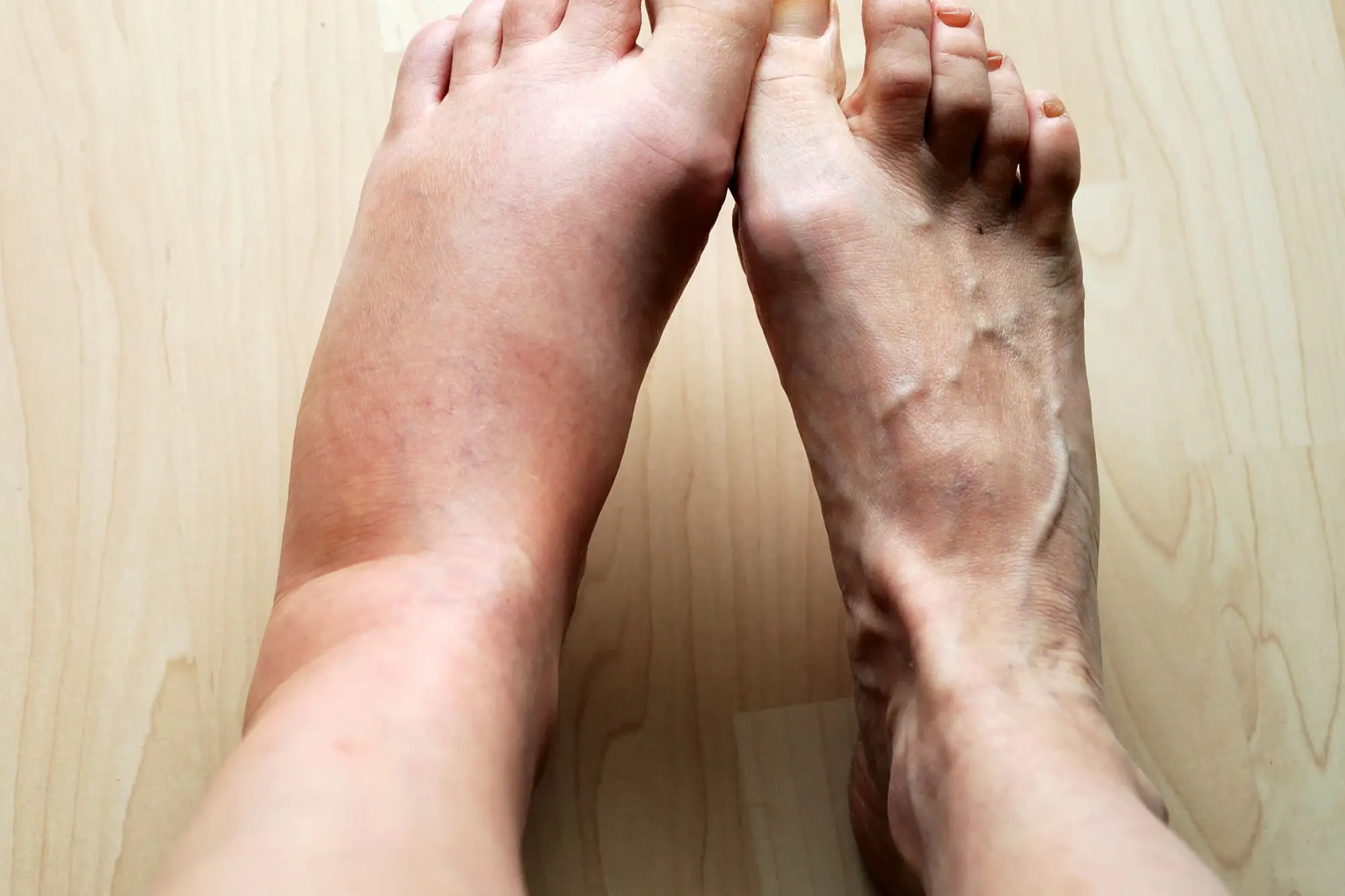
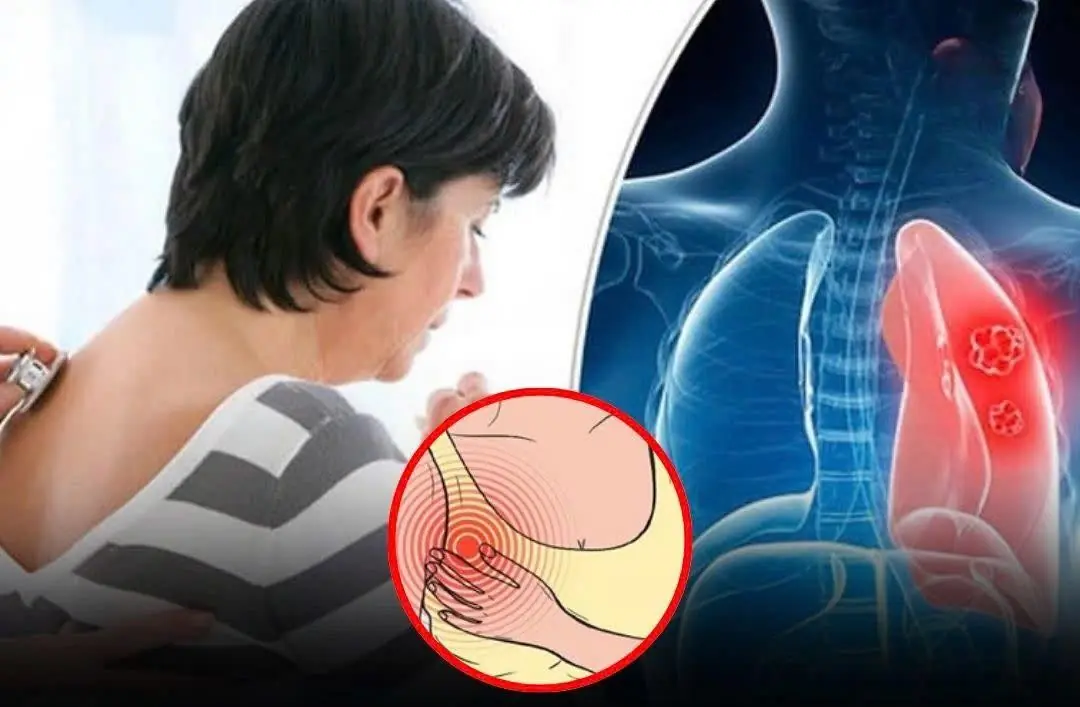
Morning Warning: Spot This Sign When You Wake Up? Don’t Ignore — It May Signal C.a.n.cer
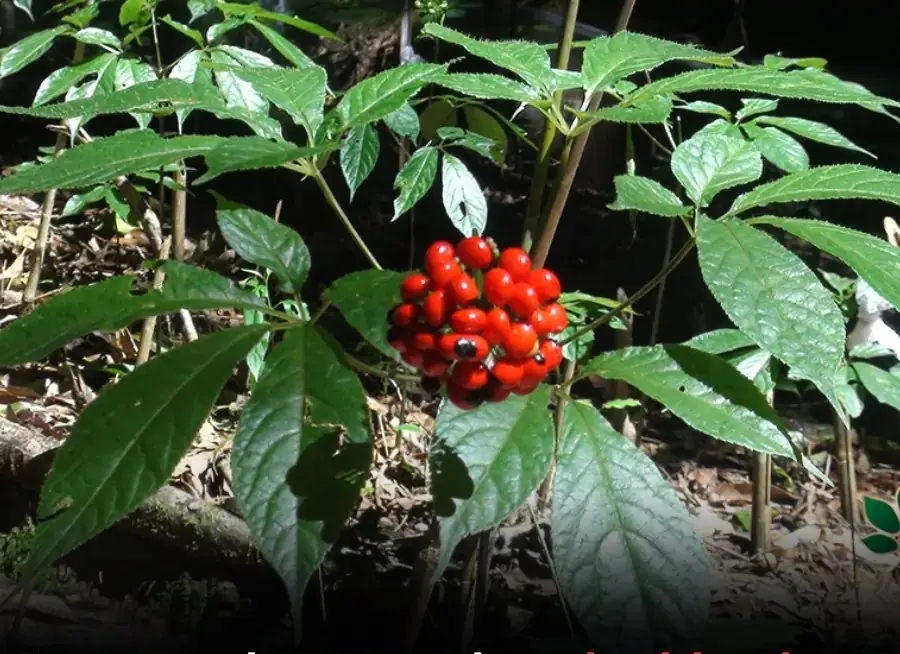
Only one country in the world has it

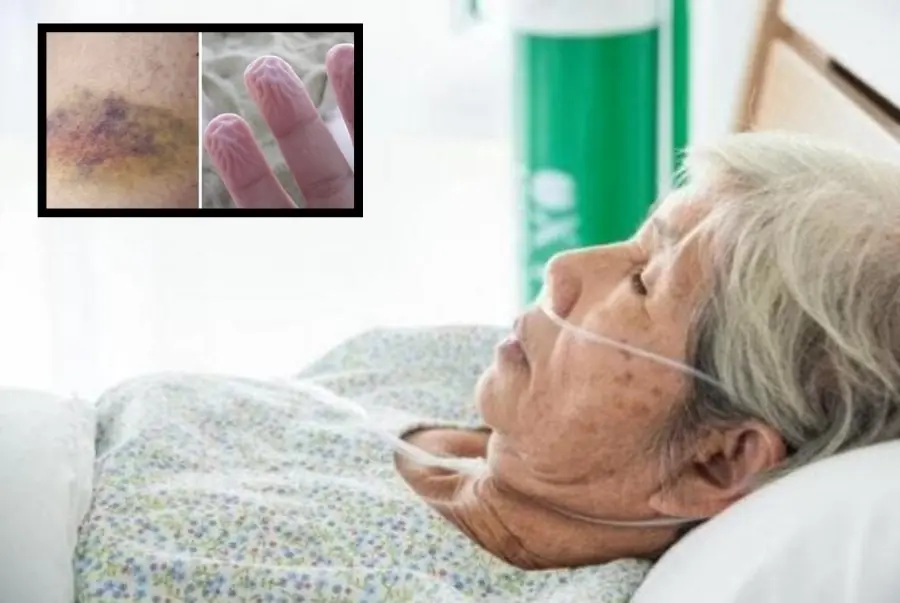
6 Warning Signs the Body May Show About a Year Before Death

This "strongest anti-cancer food" is widely available in every market at a cheap price.

Many couples believe that as long as conflicts don’t lead to separation, the emotional damage is minimal.